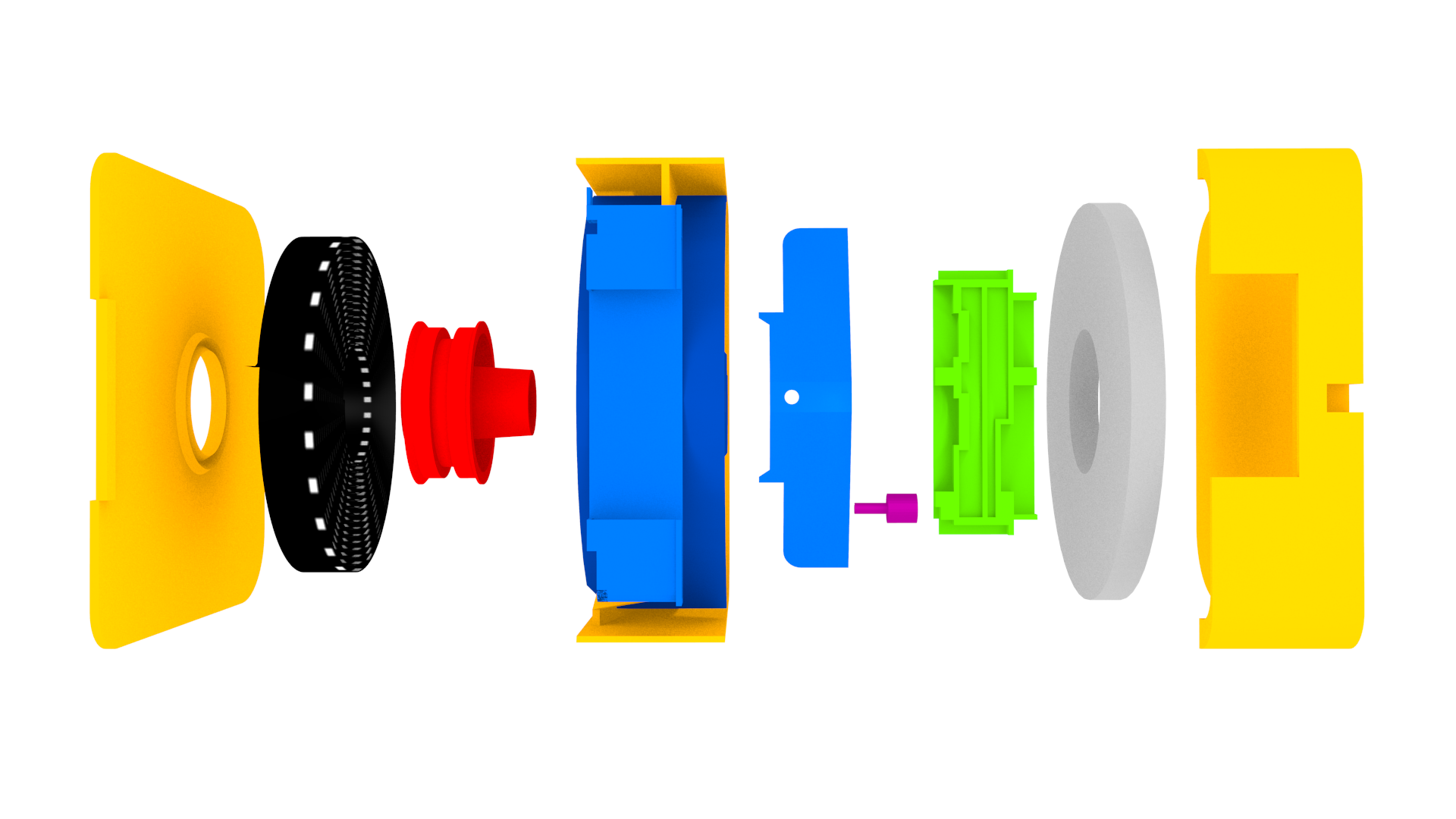More than a year ago I participated in a workshop under the title: Postmedia Discourse and Intervention, organised by Christina Vagt at the TU-Berlin on 20 June 2014.
The central question of the workshop revolved around the term postmedia, a term that manifests fears and expectations that with electronic media something is happening but that is clouded. Electronic media do weird things to history and historiography. The history of television is one example, the medium is not dead but more alive than ever and connects several elements.
The following are my hurried notes of that session that for unknown reasons to me only emerged one year after the actual meeting. I briefly edited them and made some spelling corrections.
First approach to the topic: What is postmedia?
- The historical Moments of PostMedia by Andreas Broeckmann
“der notwendige gebrauch und widerstand der Sprache in einem durch die Technik beeinflusseten Jahrhundert ist zu untersuchen.” Walter Höllerer, Sprache im technische Zeitalter Nr. 1, 1961.
3 conceptions of postmedia:
- Post-mass media. Felix Guattari
- Post-medium condition. Rosalind Krauss
- Digital as postmedia. Lev Manovich and Peter Weibel
Rosalind Krauss. Post-medium condition goes beyond medium specifity.
For Greenberg, the nature of the medium is brute positivism. It is tied to the physical substance. Installation is postmedia because it introduces ordinary material. It ask what makes this art, rather than the medium. Nicolas Bourriaud considers the postmedia as altermodern that liberates art from the course of modern art. However, Bourriaud refers to the medium specificity.
Peter Weibel. Digital as postmedia
The traditional media of the art only became recognised as media with the technological media. The artistic medium of Greenberg was influenced by McLuhan electronic medium. The history of the perspective undermines the Weibel argument. Postmedia aesthetics: the application of digital media concepts to art history as in Lev Manovich. All art is postmedia art because the computer simulates everything, even creativity is turned into algorithms and rules into the output of a universal machine.
Felix Guattari. post-mass-media means access to production and transmission on an individual scale.
The subjectivation of the media, heterogeneous production, media ecology, in which each subject takes part. Postmedia opposes to small, fragmented, distributed networks of operators. In Guattari postmedia there are passionate individual, amateurs, no professionals.
Conclusions
Postmedia should be taken historical. Are we ready to discuss the google, facebook, as Post mass media? There is no specificity or homogeneity in post-media aesthetics. Some aesthetics are not defined by the digital.
Topics to discuss:
Subjectivity and the technical or rather on the question on how media construct subjects whether as listeners or producers. This looks similar to a post-structuralist approach. The subject is multiple, layered, and historical. There are collective assemblages signified by connections and there are self-conscious artisans, radical and distributed subjects, simultaneously singular and without local rooting. Everyone can participate in the art production this might emancipate the observer, visitor.
What are the media and their technical, affordances that Guattari and Weibel refer to? The digital is not a media. How digital media are specific? Should the media specificity replaced by rootlessness, travelling and translation.

